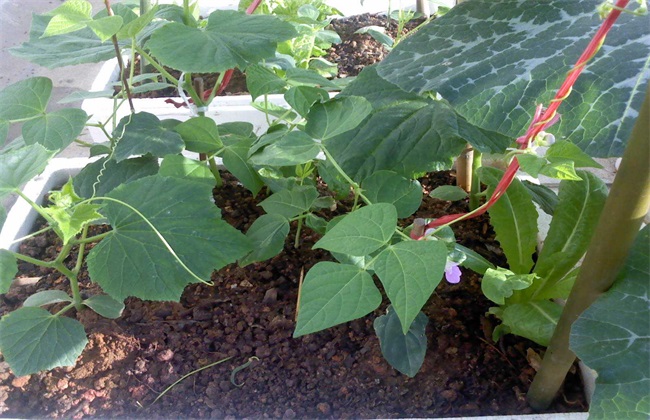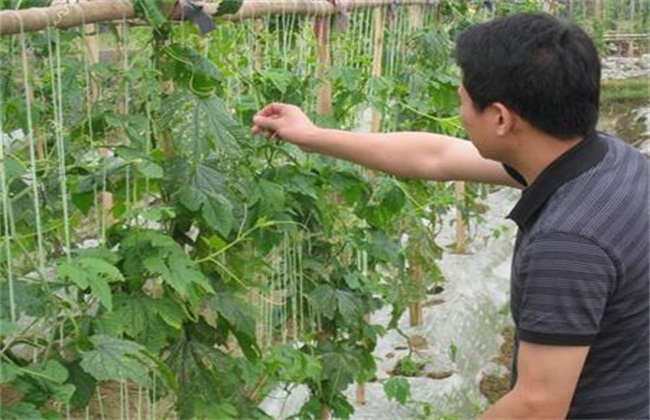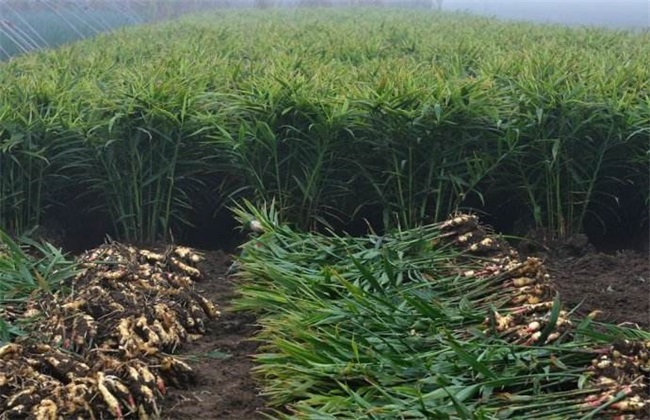What are the symptoms of bean deficiency?
Bean is a kind of vine vegetable plant that everyone is very familiar with. In China, the planting area is also very large, when planting beans, fertilization is very important. Reasonable fertilization can supplement various nutrients for beans, so as to improve the yield and quality of beans. However, if the nutrients are insufficient, then there will be a variety of bean deficiency, so what are the symptoms of bean deficiency? Let's take a look at it.

1. Nitrogen deficiency
If the bean is nitrogen deficient, the main symptoms will be shown at the base of the bean plant, which makes the leaves begin to turn yellow. The new leaves are small, thin and dim in color. The plants will also gradually become short, the stems will be thin and weak, and the number of branches will be reduced. There are a large number of flower and fruit drop phenomenon, the growth rate of beans will also significantly decrease, there are a large number of deformed fruits. The stress resistance of plants will also become worse and the incidence of disease will be higher.
2. Phosphorus deficiency
If the growth of beans is deficient in phosphorus, then the growth rate of bean plants will decrease significantly. Similar to the symptoms of nitrogen deficiency, the stem becomes very thin and has few or no branches. The development of roots is seriously affected, there are few new roots and the growth ability is very poor. Although the color of the leaves will deepen, resulting in no luster, petioles fade into purple, it is very easy to appear the phenomenon of fallen leaves.
3. Potassium deficiency
If there is a lack of potassium in the growth of beans, the old leaves at the base of the plant will be simple and the edges will be yellowed. And the leaves will begin to dry up, and the color will gradually turn brown, but around the veins and in the middle of the leaves will still be green. If potassium deficiency is serious, then a large number of leaves in the upper and middle parts of the plant will appear the phenomenon of dry tip and dry edge. The stem becomes thin and long, lodging easily, and the pod is seriously underdeveloped. Cold resistance and drought resistance can easily lead to early water and early senescence, and the yield is low.
4. Calcium deficiency
If the pod is deficient in calcium, it will affect the cell division in the plant, resulting in the inhibition of the growth and development of root tip and stem tip. As the growth rate of the plant declines, the upper new leaves begin to change, and usually the shape begins to change. Leaf tip and leaf edge begin to necrosis from outside to inside, terminal bud growth is obviously poor, and in severe cases, it will lead to fester death, root tip is also prone to similar situation.
5. Boron deficiency
If beans are boron deficient, the symptoms will first occur on the heart leaves and flowers and fruits of the plant. In the early stage of boron deficiency, the new shoots and top shoots no longer grow, and the new leaves appear deformities and wrinkles. Irregular chlorotic plaques also appear between the veins. The old leaves in the lower part of the plant begin to thicken, and the leaves and stems become brittle and easily broken. When the boron deficiency is serious, the growth points of the root and aboveground parts will begin to necrosis, the number of flowers and fruits will be significantly reduced, and there will be less falling flowers, flowers but not fruit, and so on.
The above is a brief introduction to the symptoms of bean deficiency. In addition, there are magnesium, copper, iron and other elements are needed for the growth of beans, we should pay more attention. That's all for today's introduction. This article is for reference only. I hope it can help you all.
Related
- Where is it suitable to grow horseradish in China? it is expected to see the middle altitude horseradish in Alishan.
- How to prevent tomato virus disease reasonably? (Control methods included)
- Many people like to plant towel gourd on the balcony. What are the main points of this method and management?
- What crops can chili peppers be mixed with?
- Fertilization techniques and matters needing attention in Tomato
- What are the grafting techniques for peach seedlings in spring?
- Harm and control methods of root swelling disease of Chinese cabbage
- What are the pests of sweet potatoes? How to prevent and cure it?
- Symptoms, causes and Control methods of navel Rot in Tomato
- The cause of "Cucumber rotten bibcock" in Farmers' planting Cucumber and its Control Plan



